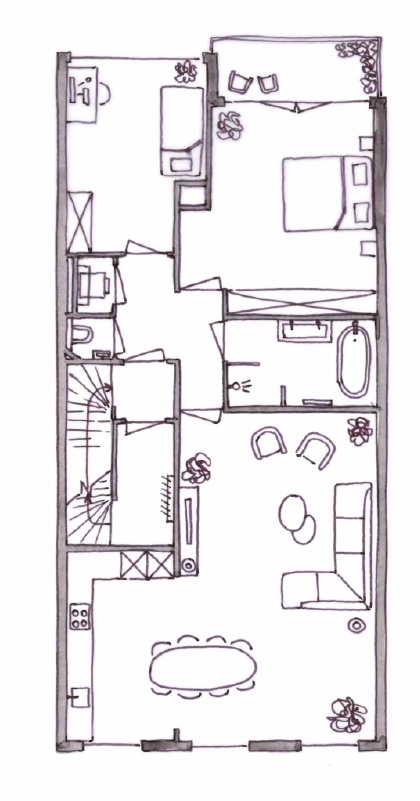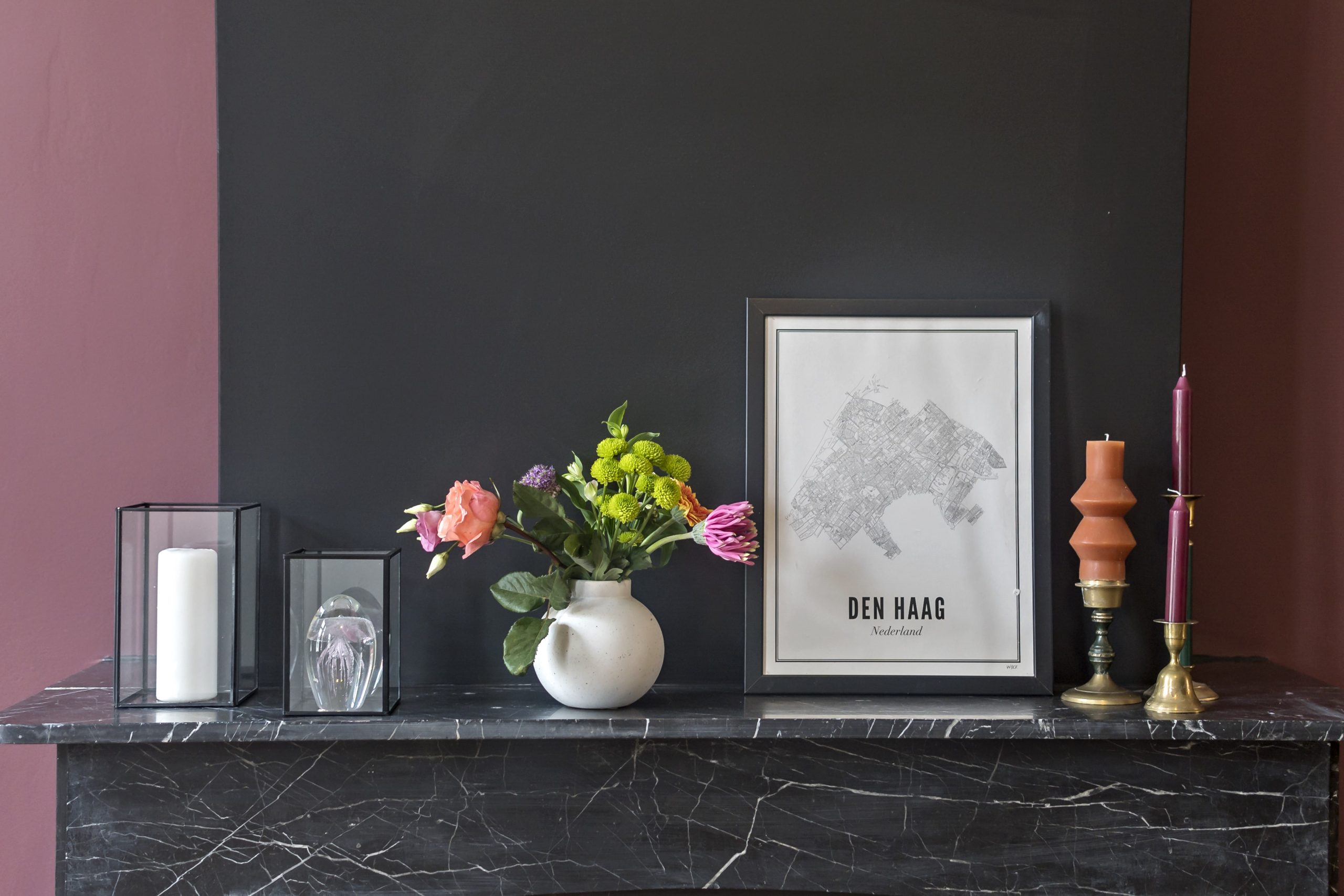
Price: on request


View title 14 Gallery

How come that our greatest symbol of freedom also symbolizes binding and housing…
Aristophanes had his birds build a city among the clouds when they were no longer welcome in Athene, between Earth and Olympus.
Where orators, complainers and scholars were not welcome.
Reason tells us that today, there is no place for young professionals to settle in our city.
We reply, you are most welcome, let this be our Nephelokokkugia.
Here on the border between sand and peat, heaven and earth, we lay the foundation stone for 4 apartments for you.
“And fleeing birds I saw go about
among the mists, in the new day;
rushing with cry and wing beat
to where, in circle, the theater lay.”
Our theater is located here on the Koningin Emmakade corner Groot Hertoginnelaan, we are honored to let historical lessons form the basis for our future.
Hier aan de Koningin Emmakade hoek Groot Hertoginnelaan ligt ons theater, wij zijn vereerd om historische lessen de basis te laten vormen voor onze toekomst.

Above a photo from 1923 of the Koningin Emmakade 198, on top of the hood is another decorative element from the Neo-Renaissance.
Most historic buildings in Duinoord were built at the end of the nineteenth century. At that time, the Neo-Renaissance was very much in vogue in architecture. Characteristic are the rich decorations, turrets and bay windows and the use of natural stone pavements. A wide variety of housing types can be found in pre-war Duinoord; of detached villas on the Groot Hertoginnelaan, large mansions around the Sweelinckplein, upstairs and downstairs apartments with extension in the backyard and bel-étages with basement. The latter is fairly characteristic of Duinoord because they can almost only be built on sandy soil.
Queen Emmakade is characterized in Neo-Renaissance style from the end of the 19th century, in style belonging to the buildings of the Sweelinckplein. A number of buildings are also on the national monument list.


The Regentessekwartier is built in the Veenpolder, as is the Zeeheldenkwartier, known as ‘t Kleine Veentje. The Laan van Meerdervoort roughly separates the peat from the sandy soils. The Beeklaan, named after the Haagse Beek, formed the border between ‘t Kleine Veentje and the Mientpolder. The formal explanation of the street plan of the oldest part of the Regentessekwartier, Koningsplein e.o., was in fact a continuation of the urban expansion of the Zeeheldenkwartier, which had approached the Waldeck Pyrmontkade in the mid-1980s. In the part between the Koningin Emmakade and the Verversingskanaal, the street names are taken from officers who fought the Belgian Revolt from 1830 to 1839. This part of the district was originally known as the Veldherenkwartier. This name is still used informally, but has no official status. In the rest of the district, inventors have lent their name to the streets.
Koningsplein is named after King Willem III. At the end of the nineteenth century, Koningsplein was created in more cities, also as an expression of national feeling. The buildings of the Koningsplein in The Hague perfectly reflect the mentality of this city: a little grandeur, but otherwise modest bourgeoisie.
After about six years, as evidenced by a plaque in Van Swietenstraat from 1892, the neighborhood around Koningsplein, between Koningin Emmakade and Verversingskanaal, was almost completely built up. Over the next ten years, the houses had advanced over Regentesselaan and along the entire Weimarstraat as far as Beeklaan. By 1910 the entire district was built up. The area between the Verversingskanaal and the Marnixstraat was the last area to be built on. In 1904 the market gardens disappeared to make way for the power station and the buildings around De Constant Rebecquestraat.
